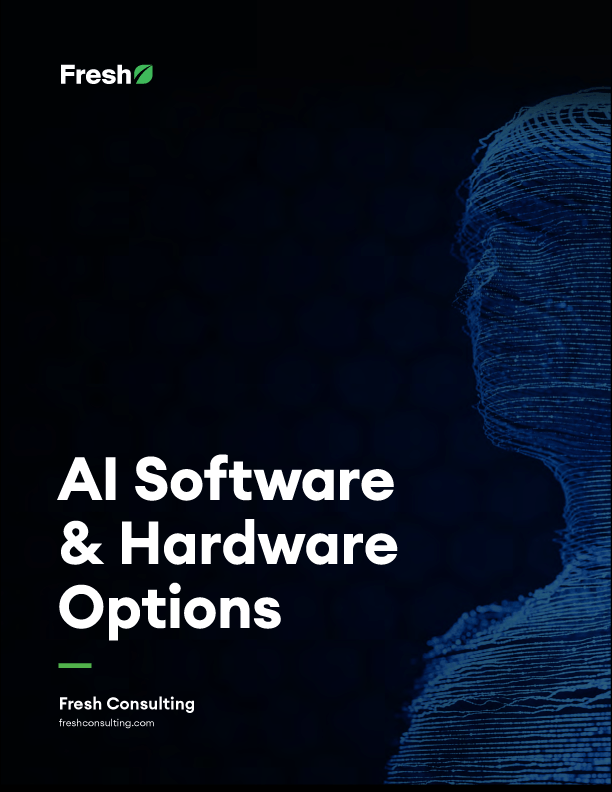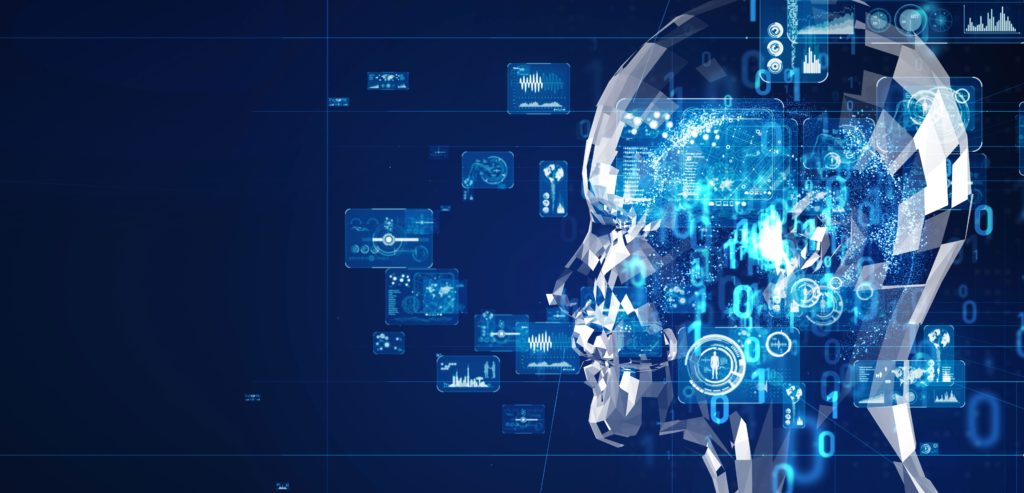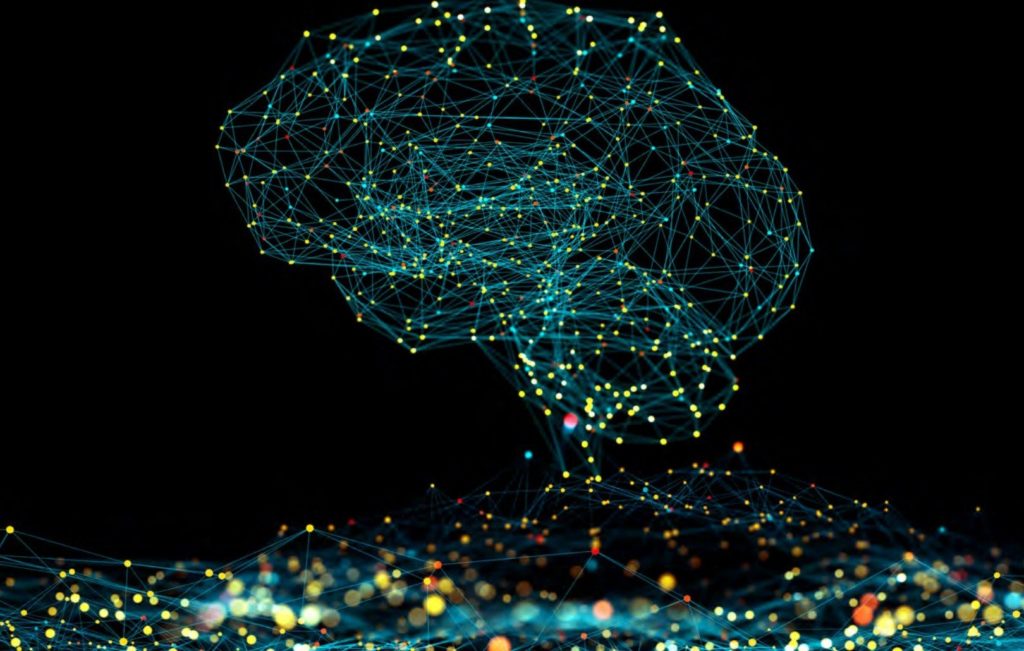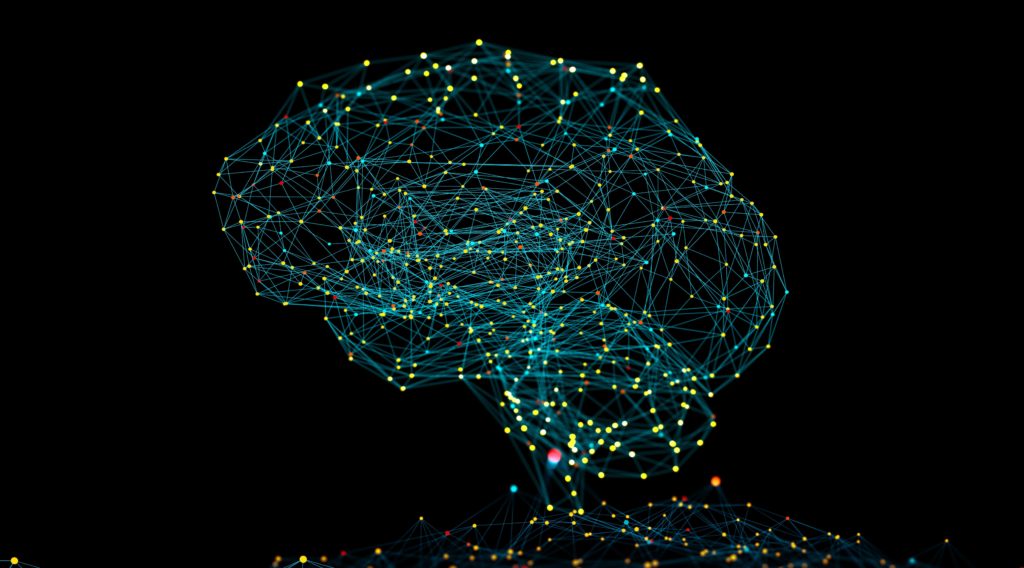Article
Evolving Artificial Intelligence Through Robotics
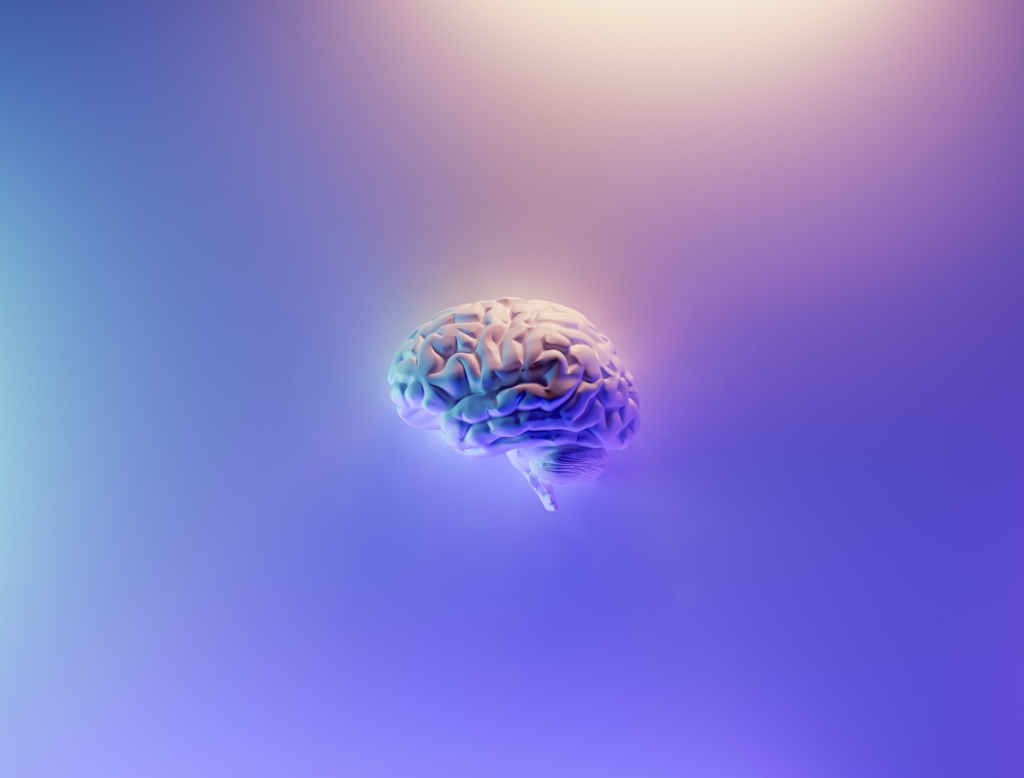
Artificial intelligence (AI) has been evolving at a fast pace in recent years. In industrial sectors such as maritime and inland ports, healthcare, education, finance, e-commerce, logistics, industrial test automation, construction, agriculture, and transportation, we’ve seen the revolutionary impact of AI and its growing adoption.
What is AI? At Fresh, we’re in favor of this simple definition from Wikipedia:
Artificial Intelligence is the intelligence exhibited by machines and software.
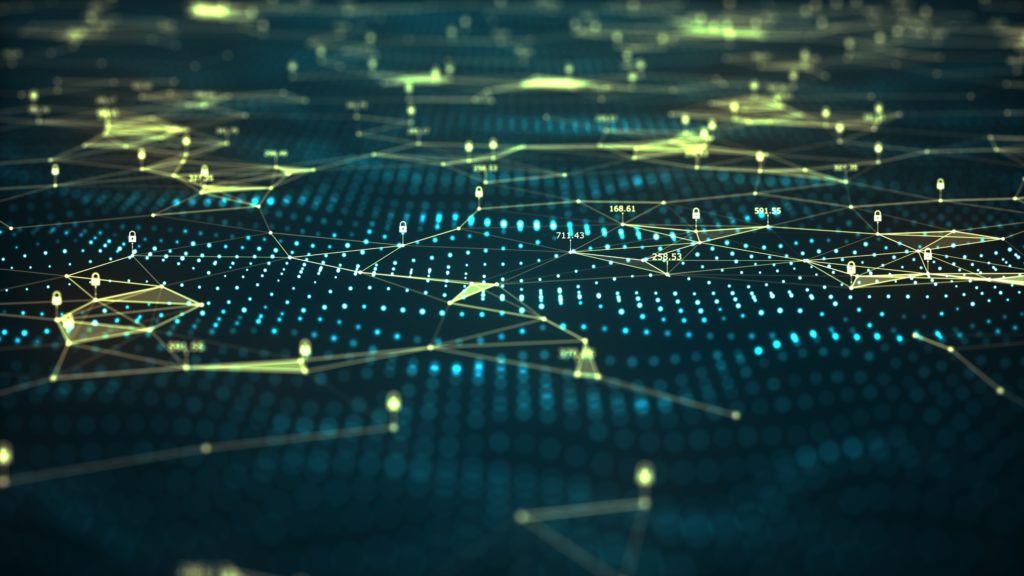
What can AI do?
Ideally, AI should ultimately be able to think and act like humans. AI has been gaining popularity from limited early adoption in the past, and it has already shown practical value plus abundant potential down the road, as evidenced by technology authorities like IBM, Britannica, and TechTarget.
AI Examples in 5 high-growth sectors
As humankind moves increasingly into the digital age—and as the information we consume and interact with becomes digitized—the ability to process it using advanced AI techniques will also increase. Numerous real-world AI applications have already emerged. Here’s a summary of typical AI application use cases compiled by our teams.
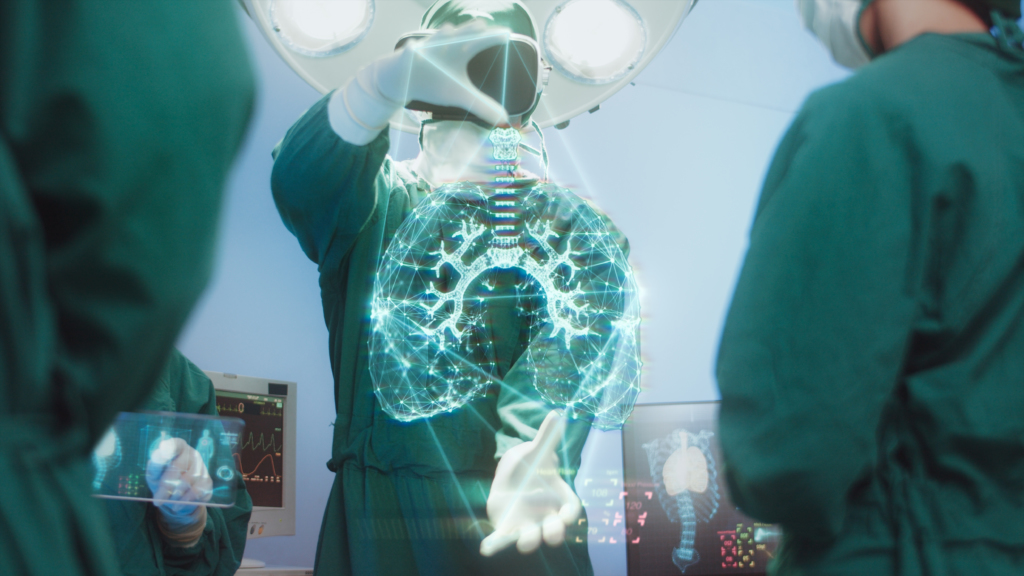
Healthcare
Use case: Radiology and imaging-based diagnostics.
Past state: Image reading, interpretation, and association with clinical indications fully dependent on human radiologists.
Present state: Computer-aided image parameter quantification, segmentation, and AI-assisted image feature detection, recognition, and classification.
Future state: AI-involved computer vision (CV) and expert knowledge decision processing in medical devices, automating and speeding up workflows.
Tech trends: Faster and more accurate inferencing frameworks. Trade-offs between automation and human factors. Real-time surgical planning, navigation, operation, and monitoring.
Business value: More accurate and efficient workflows, time savings, better quality of life for patients, lifesaving.

Education
Use case: Individualized Learning.
Past state: Inefficient methods for evaluating student capability levels, followed by slow iterations to learn, observe, assess, and optimize education. Lack of objectivity.
Present state: AI-assisted student data collection and objective assessment of student baselines and progress.
Future state: AI-embedded learning process to engage and adapt to individual students’ learning levels.
Tech trends: Student-centered learning process based on objective student assessments and educators’ subject matter expert support algorithms.
Business value: Balanced and targeted education outcomes for each individual. Empowering students with novel mindsets about learning.
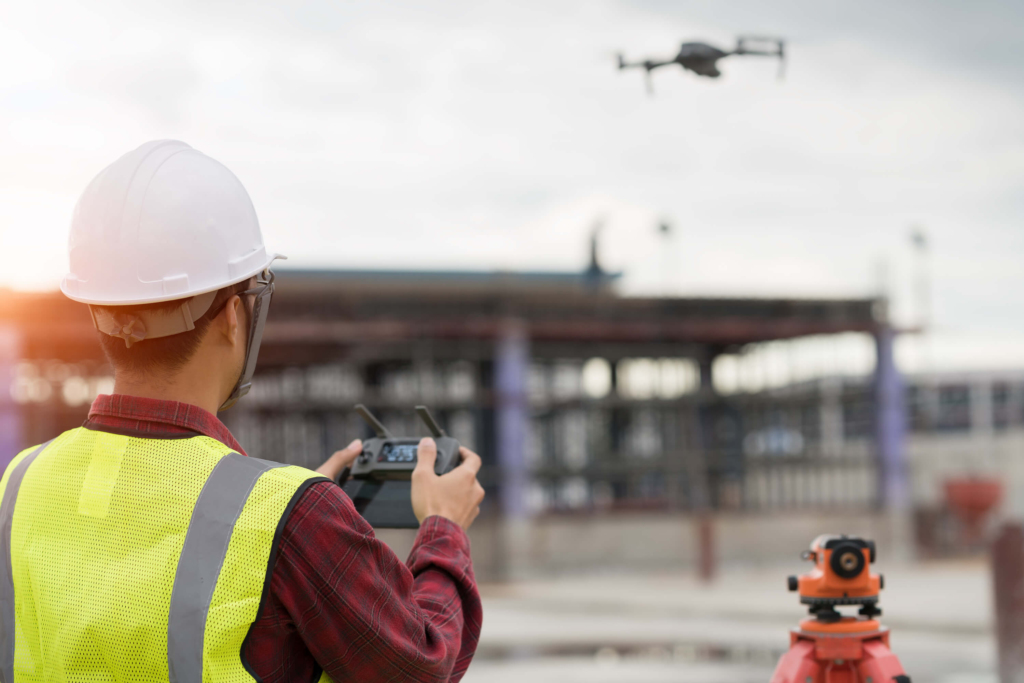
Construction
Use case: Smarter, safer, automated worksite operations.
Past state: Project success dependent on construction contractors and team oversight.
Present state: Small-scale site AI-powered monitoring and building maintenance with human-carried equipment.
Future state: AI-based scheduling software solutions, AI-enhanced autonomous drones for monitoring, and autonomous robots for smaller construction tasks.
Tech trends: Faster work scheduling and completion with all data accessible by all stakeholders, predictive monitoring and risk mitigation, autonomous machines, and connected equipment.
Business value: More accurate, updated data; cost savings; increased human safety; reallocation of human efforts to more creative, high-value work; decreased risk of labor shortages.
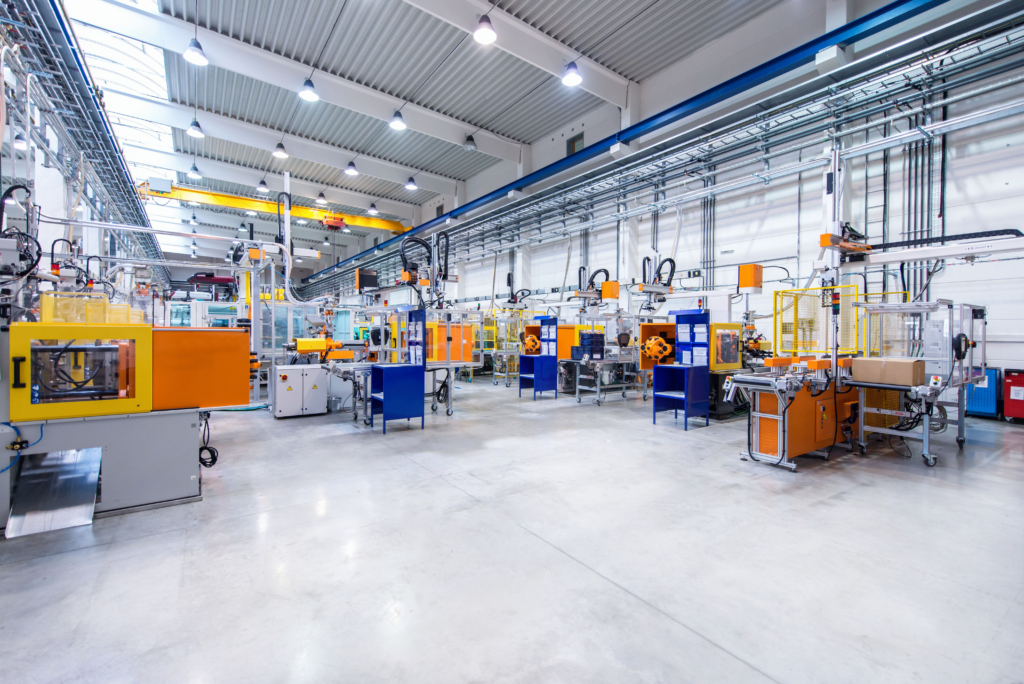
Smart factories and warehouses
Use case: Data acquisition and team management.
Past state: Heavily human dependent, resulting in severe labor shortages and unreliable data.
Present state: Connected and live data over IoT, some level of predictive maintenance, automated vehicles and autonomous robots transporting equipment.
Future state: AI-enhanced interoperable autonomous vehicles under the same roof, warehouse-specific task scheduling and management capabilities.
Tech trends: Full-scale predictive warehouse maintenance and robot maintenance, automated task and workflow generation, and task progress reporting.
Business value: Warehouse-specific solutions, enhanced cost-effectiveness, better QA and supply chain logistics risk mitigation.
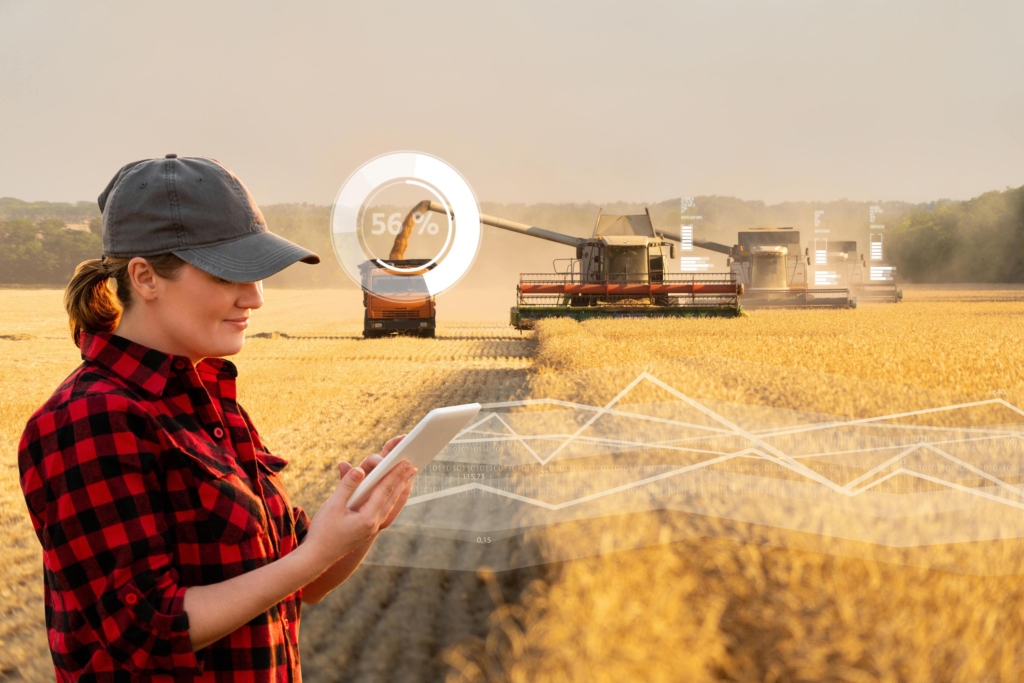
Agriculture
Use case: Autonomous operation.
Past state: Largely dependent on human resources, time-consuming processes, and scalability issues for large facilities.
Present state: Research and beta deployment phase for small-scale AI solutions in some parts of the agricultural industry.
Future state: AI-based multi-modal sensor data fusion solutions and autonomous agricultural robots becoming ubiquitous.
Tech trends: Large-scale automated farming, crop monitoring, and livestock maintenance; predictive disease mitigation.
Business value: Time- and cost-saving solutions and live data.
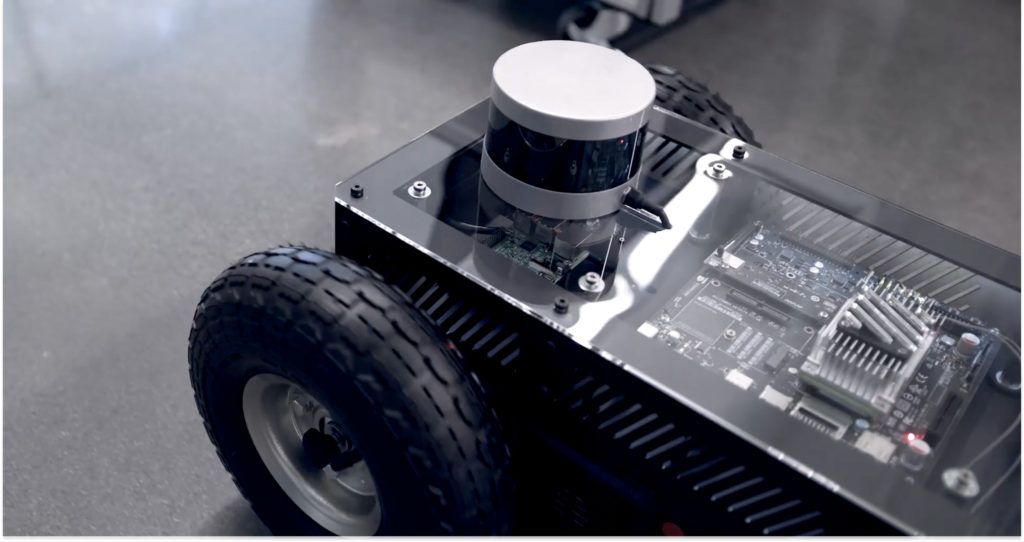
The underlying theme of robotics
The examples above offer an overview of AI evolutions in a few verticals. What’s most relevant, however, is the hidden theme behind all these scenarios, from a system-level perspective: all of the use cases are based on a pipeline of signal and information retrieval, processing and analytics, and decision and interaction with their intended objects, which are largely facilitated by robotics.
Whether it’s a hardware-shelled gear-and-wheel mechatronic assembly in construction, smart factory or smart agriculture, or a sensor-probing and software-souled, data-centric algorithm robot interfacing with humans, AI solutions are often manifested in robotics. They integrate hardware, software, data, algorithms, business logic and even human factors together to get the job done. With advanced steering mechanisms like swerve drives, their maneuverability is becoming groundbreaking as well.
And typically, the job is done more cost-effectively than in the past.
At Fresh, we’ve been fortunate to witness this exciting AI-evolution in various industries over the past decade, as we grew from a small digital consultancy to an advanced R&D company. Our projects have illustrated the potential of AI and its upcoming trajectory.
We built an air hockey robot that can compete against a human player with sophisticated real-time hockey recognition, trajectory tracking and motion prediction, decision making, and control for robotic arm manipulation, as well as game strategy development capabilities. Embedded in this robot are house-brew AI implementations of computer vision, object detection, recognition, and tracking, plus mechatronic status monitoring and feedback control, and game intelligence.
Fresh also delivered a cloud-AI-enabled ping-pong ball balancing system that learns and showcases precision movement handling, a paradigm applicable to various cross-industry use cases.
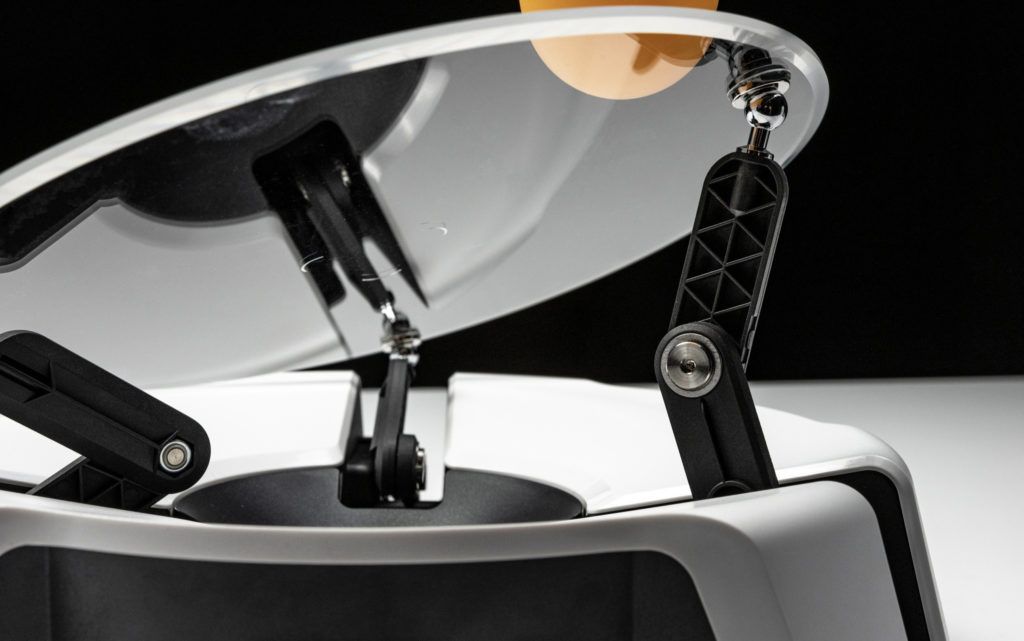
What comes next?
We are currently working diligently with this AI-based robotic approach to help our clients get work done affordably, safely, and efficiently, in various settings like crop fields, warehouses, factories, workshops, buildings, hotels, hospitals, restaurants, and supermarkets. From sensors and mechanical parts to electronics and software, we strive to deliver AI-spirited robotic solutions for our clients’ and partners’ success.
We’re not working alone. The International Federation of Robotics (IFR) has been studying AI and robotics for years—see their 2021 and 2022 reports. IFR General Secretary Dr. Susanne Bieller offers a couple of concise and sharp points about the approaches of using AI and Robotics.
Artificial intelligence opens up new possibilities for robotic automation.
Dr. Susanne Bieller, IFR General Secretary
We agree with Dr. Bieller’s viewpoint on the healthy development of AI and robotics. When it comes to real usage, it’s essential to leverage expertise, lessons learned from the past, and most importantly, common sense, to find a trade-off between what’s imaginable and what’s practical.
Here’s our call to action: let’s keep this exciting momentum to engage collaboratively in the AI tide for a bright future. We believe that there are advantages for all industries in this space, and we’ll keep developing innovative technology and products to help businesses and products evolve.




